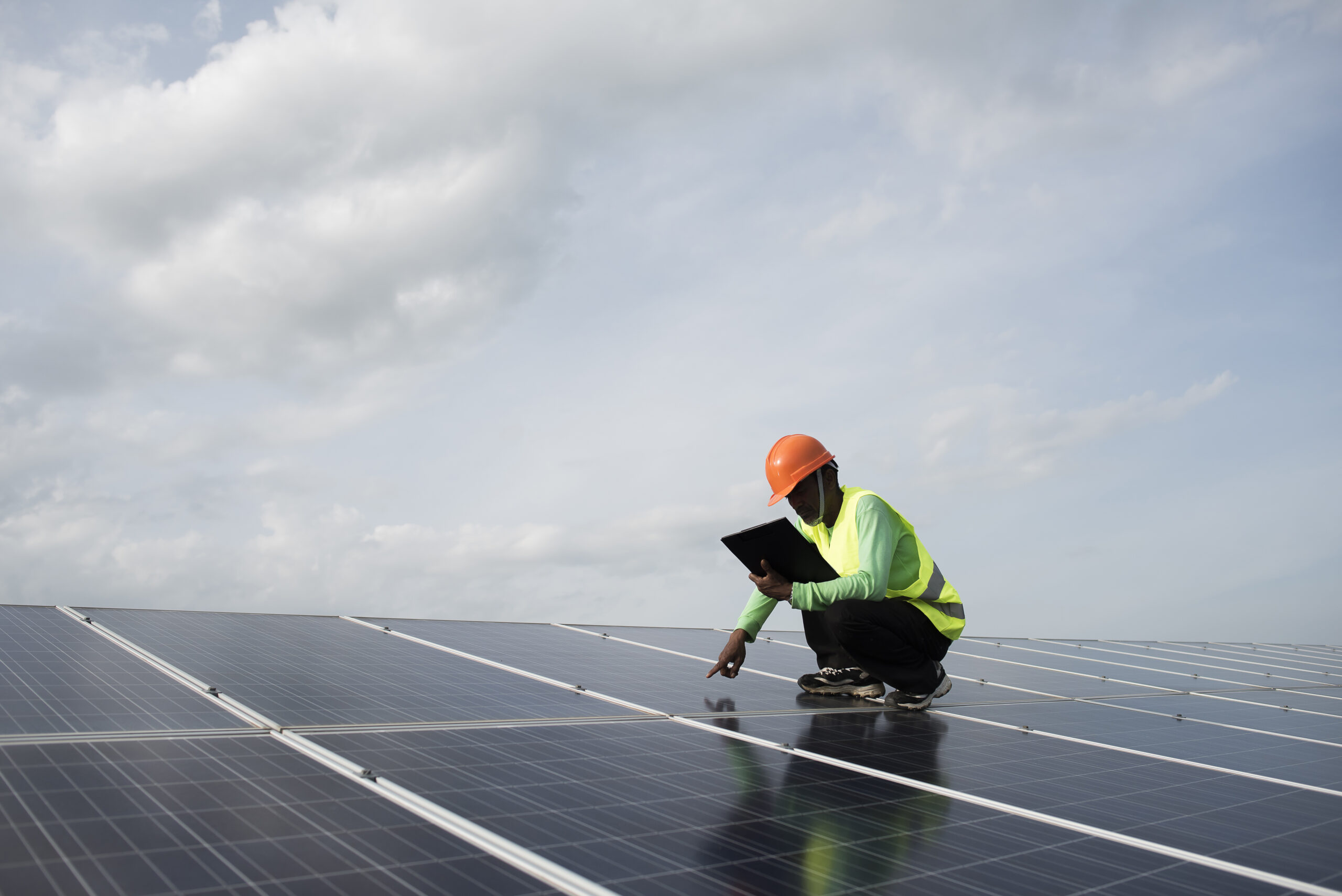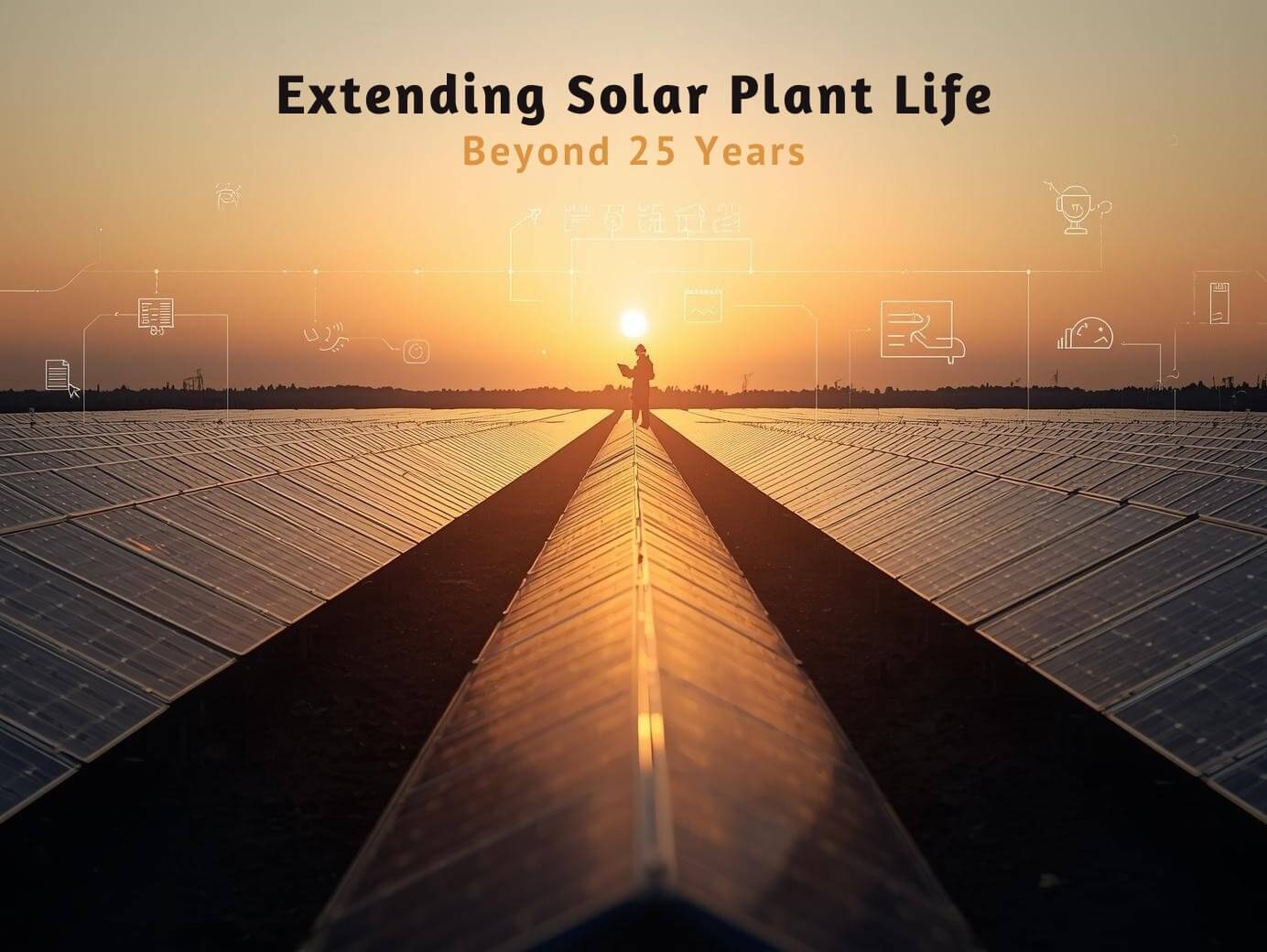The Impact of Solar Rooftops on Urban Energy Consumption
Solar Rooftops on Cities
Urban areas in India are expanding rapidly, with millions migrating from rural areas seeking better economic opportunities. This mass migration has led to uncontrolled and unplanned urbanization, putting immense pressure on civic infrastructure. One major challenge facing Indian cities is meeting the rising energy demand driven by economic growth and modern lifestyles.
Traditionally, coal and fossil fuels have been the primary sources of energy for Indian cities. However, burning fossil fuels results in high greenhouse gas emissions that contribute to climate change and air pollution, which have severe public health consequences. With sustainability and climate change mitigation gaining global momentum, Indian cities need to transition to renewable sources of energy.
Solar energy is emerging as a viable, decentralized, and clean source of electricity for urban households and commercial establishments. The falling prices of photovoltaic panels, supportive government policies, and increased environmental awareness have catalyzed the adoption of solar rooftops in Indian cities.
Benefits of Rooftop Solar for Urban Areas
Installing solar photovoltaic systems on rooftops provides multiple advantages for densely populated cities:
- Reduces the load on conventional power grids: Rooftop solar meets daytime electricity needs, reducing stress on traditional grid infrastructure during peak hours. This is especially impactful considering rising power demand in cities.
- Saves money for households and offices: Solar electricity costs less than grid power over the system’s lifetime. Households and commercial spaces can save ₹5000-₹10000 a year on electricity bills.
- Improves air quality: Solar energy reduces the burning of fossil fuels, thereby lowering air pollution and greenhouse gas emissions. This leads to better urban air quality and public health.
- Enhances energy security: Onsite solar reduces dependence on traditional grid infrastructure, which is prone to frequent disruptions. Solar systems work irrespective of grid availability, providing backup power.
- Lowers transmission and distribution losses: Rooftop systems generate power close to the point of consumption compared to centralized plants. This avoids electrical losses of up to 20% during long-distance transmission and complex distribution networks.
Current Scenario of Rooftop Solar in India
India has tremendous solar energy potential, receiving about 300 sunny days annually. To leverage this, the Indian government has announced ambitious solar targets of 450 GW by 2030, which include 40 GW through decentralized solar rooftops.
Several policies and programs also actively promote rooftop solar installation across the residential, commercial, and industrial sectors.
Key government interventions are:
- Financial subsidies and incentives for rooftop solar under the Ministry of New and Renewable Energy schemes
- Net and gross metering policies for grid integration in the respective states
- Concessional loans from banks and NBFCs for rooftop projects
- Renewable energy certificates and carbon credits to enhance financial viability
- Tax breaks and depreciation benefits for clean energy assets
- Solar city programs by civic agencies with rooftop targets
These interventions have positively influenced solar rooftop adoption in leading Indian cities like Bangalore, Delhi, Mumbai, etc. Total installed urban rooftop solar capacity has grown from 218 MW to over 5 GW. However, this still only represents 12-15% of the estimated potential. Significant scope remains for further acceleration across residential societies, industrial units, hospitals, metro stations, commercial complexes, and government buildings.
Key Challenges Hindering Wider Solar Rooftop Adoption
While solar rooftops hold immense promise for cleaner and more sustainable Indian cities, some persistent obstacles have restricted their widespread implementation:
Lack of awareness: There is limited knowledge regarding the concept, financial viability, installation process, and government incentives for solar rooftops amongst households and businesses. Targeted awareness campaigns are vital.
High initial capital costs: The upfront investment for rooftop systems remains higher than conventional power, acting as an adoption barrier. Access to low-cost finance can mitigate this challenge.
Policy and regulatory gaps: Implementation gaps and inconsistencies exist regarding state-level net metering guidelines, connection approvals, electricity tariffs, and charges. Streamlining the overall process can boost solar rooftop uptake.
Space constraints: Densely constructed urban buildings with a lack of vacant rooftop area pose a physical limitation for solar adoption. However, technology improvements and customized solutions are expanding suitable spaces.
Conclusion:
As a forward-looking homeowner, resident, or business owner in an Indian city, installing a rooftop solar system should be an essential consideration for your premises. With expert guidance, attractive financing schemes, and streamlined processes, embracing solar can be a prudent decision. Not only does it unlock savings and insulation from grid supply uncertainties, but it also enables you to participate in the global sustainability dialogue. Every solar rooftop collectively contributes towards building greener and more self-sufficient cities in India.
Reach out to leading rooftop solar installers like Waaree to conduct a site assessment and provide solar recommendations for your property. With over 30 years of experience and India’s largest rooftop solar portfolio, Waaree delivers high-quality solar rooftops tailored to unique requirements. Let solar empower you and your community to build an energy-efficient future.
Post a comment
You must be logged in to post a comment.





